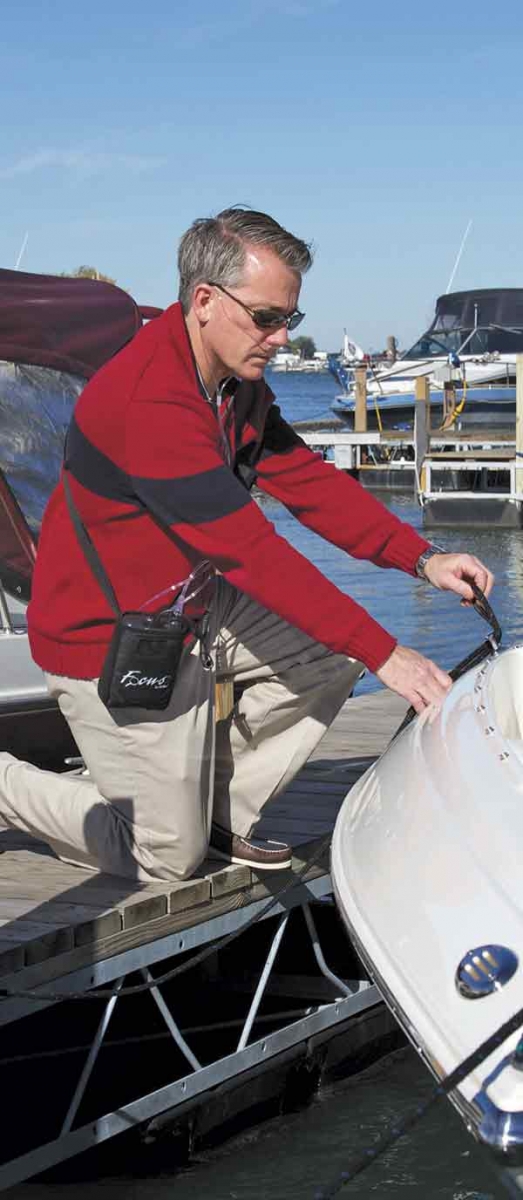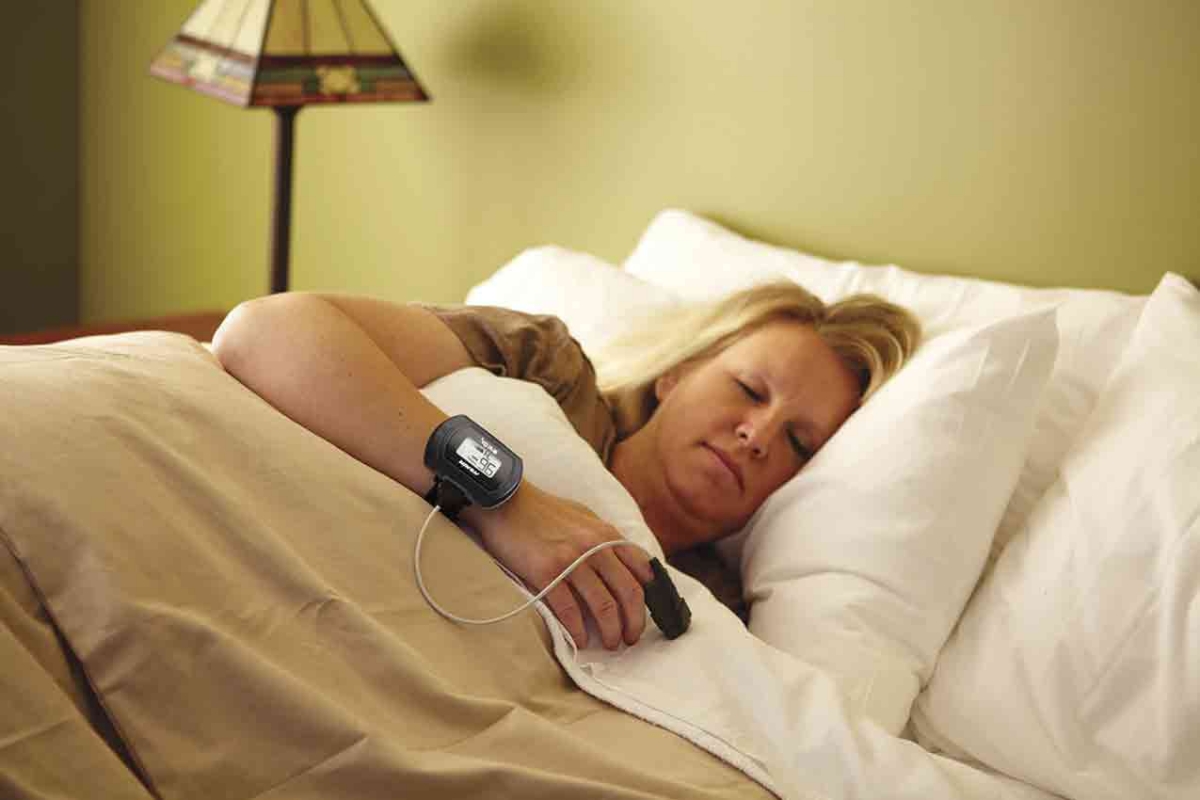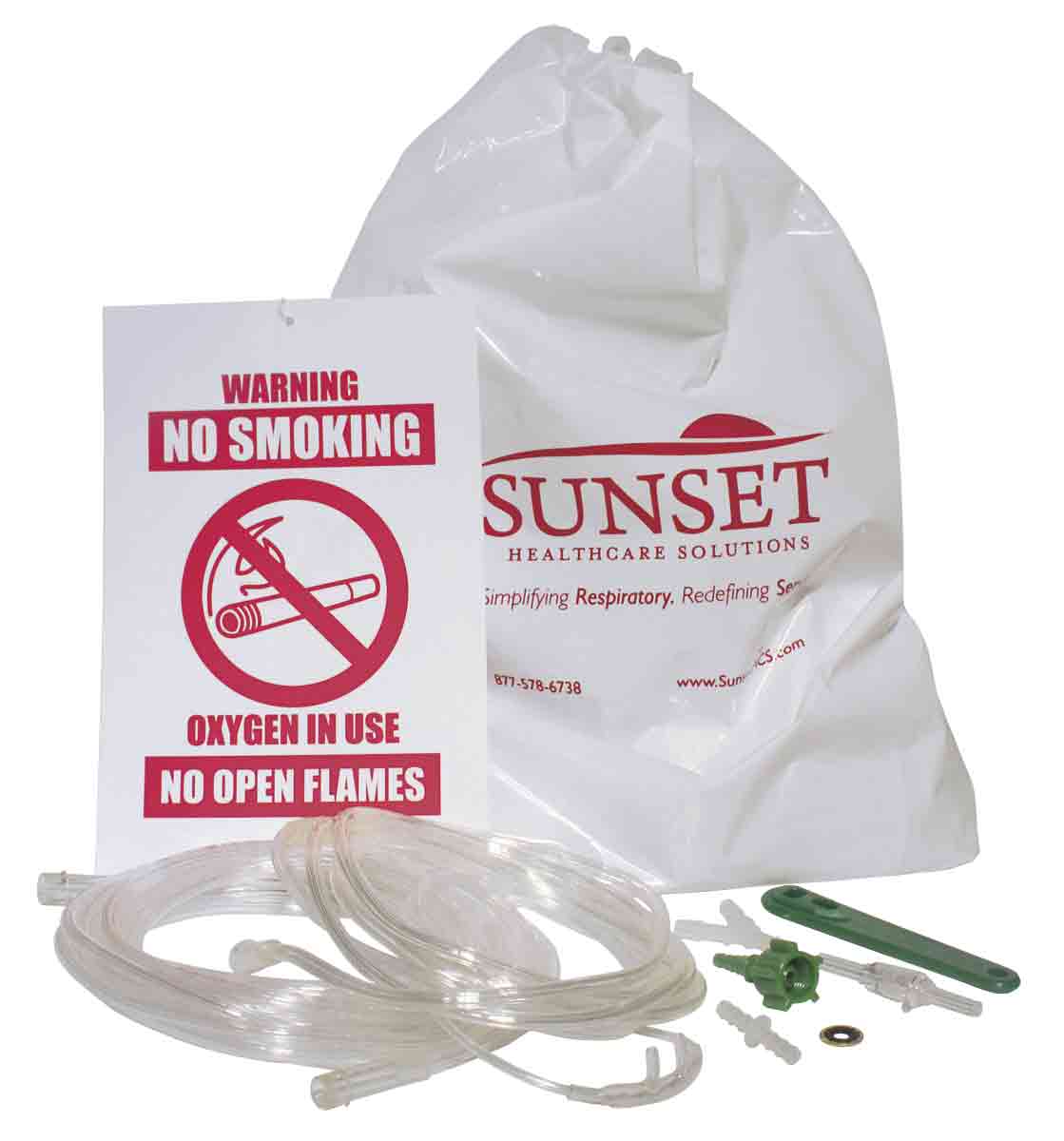Despite lower reimbursements, HMEs can still make money in the oxygen sector if they have business savvy and take care of patients. Low reimbursements continue, and another hot topic in oxygen is the looming threat of audits, which requires an HME to spend extra time, effort and expense to obtain written documentation up front to substantiate a Medicare claim. If providers cut corners, they risk potentially having their ability to bill Medicare suspended or revoked. “The struggle most providers have is getting the documentation from the physician,” says Mike Irvine, business manager, Invacare HomeFill Oxygen System. “At some point the provider might have to tell the physician, ‘if you don’t provide the documentation, I won’t get paid.’”
But there are bright spots and new opportunities in oxygen. Eliminating cylinder deliveries, either with a portable oxygen concentrator (POC) or a home-fill system, is key to saving costs and a useful strategy to prosper in the oxygen sector. The approach also opens up new business opportunities. For example, it’s much easier and less expensive to expand into a new geographic area if you eliminate the need for a delivery infrastructure. “I can expand into a whole new city with a small location, one driver and a whole lot of HomeFills,” Irvine says.
Another way to boost business in oxygen is to be more proactive with customer service, for example by checking with patients periodically and sending them additional cannulas and other supplies. Taking a proactive stance also helps to avoid last-minute calls from a patient on Friday afternoon for a cylinder delivery. It cuts down on costs, too.
Providers Tightening Their Belts
Medicare’s reimbursement for oxygen supplies can be a challenge for HME providers, who receive a flat rate versus being reimbursed for each of the supplies they provide. The result can mean less service or replacing supplies less often. “We’re trying to find ways to help providers tighten their belts and get through these challenges,” according to Ashley Wood, director of operations at Sunset Healthcare Solutions. She says that many providers are seeking to add cash products to their lines to supplement insurance reimbursements. Possibilities include cleaning products or comfort products such as ear cushions for cannulas.
Cash sales of POCs are another opportunity. Patients who are set up with an at-home concentrator and cylinders may want to purchase a POC with cash if they like to travel or go outside for longer periods of time, Wood says. “This will meet a need for the patient, who might not be eligible for the newer technology through their insurance provider for a couple of years, and it also increases your cash flow.”
Sunset Healthcare Solutions specializes in items that would be regularly replaced by patients, such as cannulas, tubing, masks and filters for most oxygen concentrators. The company also carries accessories such as regulators, cleaners, pulse oximeters, cylinder carriers, humidifiers and connectors. Sunset distributes the DeVilbiss iGo portable oxygen concentrator.
 Focus on Meeting Patient Needs
Focus on Meeting Patient Needs
It’s important to fit the oxygen solution to patient needs, says Taylor Erwin, marketing coordinator at Chart BioMedical/CAIRE. “As an industry we need to focus on educating ourselves as to which solution will fit which patient, rather than how a patient is going to fit into a predesignated solution.” For instance, pulmonary fibrosis patients often do better on a POC than any other device, while patients who require high flows and still wish to carry their unit do best on liquid oxygen portables. Modern medicine is catching patients earlier in their disease states, which has created a more active oxygen patient pool than previously, she explains.
CAIRE, a Chart BioMedical company, manufactures liquid oxygen bases, ranging in size from 10 to 60 liters, and portable units with sizes ranging from 4 to 8 pounds for estimated operation from seven to 34 hours at 2 liters per minute (lpm). CAIRE also offers the SeQual Eclipse POC, which meets the ambulatory and around the clock oxygen needs of long-term oxygen therapy patients and delivers up to 3 lpm continuous flow as well as up to 192 mL in a pulse-dose setting. CAIRE acquired the AirSep line of products in July, including the FreeStyle portable concentrators at less than 5 pounds, and the LifeStyle portable concentrator at less than 10 pounds.
At less than 2 pounds, the Focus by AirSep is billed as the world’s smallest and lightest POC. As the market continues to steer toward non-delivery modalities, the demand will increase for smaller and lighter POCS. “The Focus is a great solution for many patients who wish to remain active and cannot tolerate larger POCs,” Erwin says.
As reimbursement challenges squeeze HME providers financially, they may perceive themselves as limited in what they can provide patients. “As providers experience the squeeze, they look to manufacturers to produce medical devices that are cheaper and require less maintenance.”
Suppliers push product innovation to the max to meet the changing market needs. “Smaller and lighter medical devices are the patient’s choice, while a device that requires minimal maintenance and little upfront cost is attractive to providers,” Erwin says. Product innovation is directed at addressing both trends.
Product Reliability Matters
Although oximeters are not reimbursed, Bill Wood—manager of U.S. Homecare at Nonin Medical—points out that the products follow the oxygen, which follows reimbursement. As reimbursement tightens for oxygen suppliers, costs are more important than ever, including the cost of product failures, required revisits, or missing desaturation events, which may mean missing a potential patient.
Nonin Medical supplies a range of oximeters, which are used to qualify patients for oxygen and to titrate flow to optimal saturation. Patients can use oximeters at home to titrate oxygen based on activity. Nonin’s Wrist Ox2 is designed for patient comfort and ease of use in overnight desaturation studies. Designed similar to a wristwatch, the product is intuitive for patients to use; they just put it on their wrist and insert their finger into the sensor. Non-volatile memory ensures data is captured even if the battery is removed.
Wood says that product reliability, accuracy and value are more important than price. A cheap or “free” oximeter may cost the HME significantly more over the life of the product than another option from a more-credible supplier. Extra costs come from device maintenance and needing to do repeat studies due to lack of data. Accurate products will also determine desaturation events more accurately, thus identifying a larger patient pool and placing more product for the HME.
“Nonin provides the same technology in all the oximeters we build,” he says, “from the wrist-worn device for overnight screening to the fingertip device an HME provides patients to allow them to titrate their oxygen during activities.”
Irvine of Invacare also warns against opting for less expensive or “disposable” equipment as a way to save money. “Whether it’s concentrators or POCs, it’s better to choose something that will last longer, which will be more profitable in the long run. For example, saving $50 on a concentrator works out to a little more than a dollar a month over 36 months, which could easily be offset by higher service costs if the equipment isn’t dependable. Also, if a more expensive concentrator lasts even one additional month, it will save money.”
Targeted R&D
Research and development in the area of oxygen is currently focusing on ways to make providing oxygen less costly to the provider, rather than adding features that are not reimbursed, Irvine says. “We haven’t stopped innovating, but what we’re trying to end up with is meaningful advances for the provider and patient, not gadgets.”
Innovations seek to extend the life of a concentrator or to apply to a broader patient base. An example is the IntelliTune feature on Invacare’s Perfecto2 DS oxygen concentrator, a daily automatic tuning process that keeps the concentrator performing optimally over time, helps maintain oxygen purity and minimizes maintenance and service calls. “It’s a great example of something that will make the product last longer and work better, but not add a big cost,” Irvine says. Invacare is the largest supplier of stationary oxygen systems and supplies all three oxygen modalities including cylinder fill, continuous-flow and pulse-dose-only systems.
At Medtrade 2012 Invacare previewed its DS oxygen concentrator and HomeFill system. DS stands for “Dual System” and the lighter, quieter and more energy-efficient system also looks better aesthetically. Both components weigh less than their predecessors and fit together without the use of a ready rack. Also, both products are backwards compatible with existing fleets. The new system will continue Invacare’s HomeFill approach to lower HME provider costs by switching to nondelivery products. Patients also benefit, and the cylinders are lighter and come in various sizes if weight is an issue. Cylinders are also silent compared even to quiet POCs.
Irvine says that growing demand for POCs, some of it based on TV advertisements, may not reflect a patient’s true preference after he or she is educated about the options. HMEs can provide that education. “The critical thing is for the provider to give an honest asessment. Askthe patient what is your lifestyle? What do you use oxygen for? For many uses cylinders are lighter. Our M2 cylinder is two pounds and can fit into my pocket and give me two hours of oxygen. Patients are a lot more savvy, too. They do research on the Internet and ask questions.” HME product awareness is essential to providing knowledgeable responses.
Ashley Wood of Sunset Healthcare also sees a trend toward innovation to lower costs. “We’re never going to stop trying to come up with new and innovative products for our customers, but we have shifted our focus to help meet the needs of the current market. If HME providers are looking for ways to save on costs, we’re not going to launch a gold-plated oxygen regulator. We’re looking to add new, quality products that get the job done without excess bells and whistles.”
The newest addition to Sunset’s product line is the OxySafe cannula valve, which is a thermal fuse that helps protect against oxygen tubing fires. The fuse is designed to stop the flow of gas in the event that the downstream oxygen supply tube is ignited. The cost-effective solution lowers the risk of patient injury in an oxygen fire. The lightweight device—about the weight of two pennies—attaches directly to the cannula so it can be used for any method of oxygen delivery.
In response to requests from several HME customers, Sunset Healthcare has created kits that include a three- or six-month supply of cannulas, filters and other accessories or instructions a patient might need for an extended period of time. The kits arrive ready to ship and are customized for the HME so the staff doesn’t have to worry about missing anything or having to resend additional supplies to patients. Sunset doesn’t charge extra for the assembly, just the costs of the products.
How To Expand Business
Providers looking to expand in the oxygen realm should first assess their current business model, Taylor Erwin of Chart BioMedical/CAIRE suggests. “What products and services can you provide to your patients in a financially responsible way?” Focusing on strengths eliminates wasted allocation of resources to areas that are not a great fit. She also urges providers to expand their business model to include both delivery and nondelivery modalities. “A greater variation of products will attract a greater variation of patients, which will make you more profitable.”
Servicing patients that require liquid oxygen requires additional expenditures for drivers, gasoline, vehicle insurance and the cost of refilling reservoirs. Some providers are better equipped for nondelivery modalities, such as concentrators.
Before making changes, however, Erwin suggests assessing referrals to determine which of them new products could fulfill. Any business transition should reflect referrals and complement the existing business model. Providers should also reach out to manufacturers to seek additional programs and financial solutions beyond what they are currently taking advantage of. For instance, a service protection plan can free providers of excess financial strain if a unit goes down.
“Your manufacturer should be an ally and resource for you and your business,” Erwin explains. “Don’t be afraid to reach out to them and see what they can do to help in areas of your business you are looking to change, or where you may be experiencing some weakness.”
Erwin says providers should also address issues of education and the setup of their warehouse. “Are you willing to invest in your employees and send them to technical training and seminars to better understand the products and the market? Do you plan to do your own service work, or are you prepared to absorb the cost of sending units out-of-house when service is needed? Providers should assess what level of service they are capable of providing for their patients.”
Visit Online
Chart Biomedical/CAIRE
www.cairemedical.com
Invacare
www.invacare.com
Nonin Medical
www.nonin.com
Sunset Healthcare Solutions
www.sunsethcs.com


